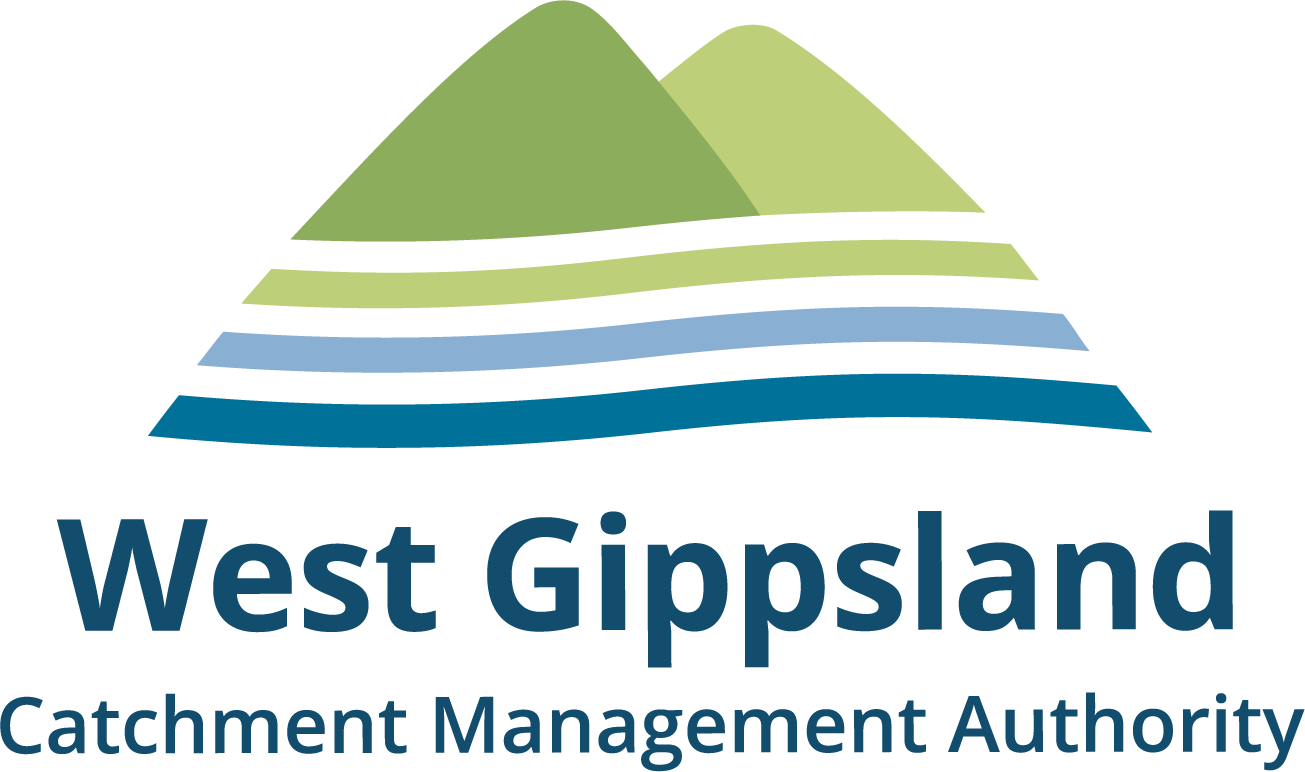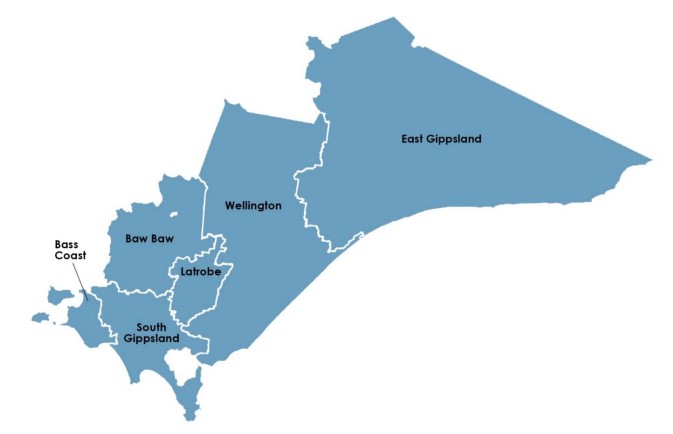Guidelines for Urban Developments in Gippsland
Why do I need a Waterway Management Plan?
State planning policy identifies the need for developers to protect, enhance and restore catchments, waterway bodies and wetlands.
Conversion of land from farming to residential development can negatively impact urban waterways by increasing the rate of runoff from hard surfaces such as roofs and roads, and decreasing water quality due to higher levels of sediment, nutrient and rubbish in densely populated areas.
Development of a Waterway Management Plan will:
- Identify the existing values of the urban waterway
- Detail any erosion or weed control works required
- Include a landscape plan for revegetation of the required waterway buffers
- Describe the ongoing maintenance requirements to ensure the ongoing improvement and protection of the waterway.
How do I create a Waterway Management Plan?
We have developed the ‘Waterway Management Plan Guidelines for Urban Developments’ to assist developers, planners, designers, engineers and landowners in the preparation of waterway management plans. The Guidelines outline the minimum requirements and provide examples and template tables to assist with preparation of the key elements of a Waterway Management Plan, including site preparation, revegetation and maintenance.
Revegetation of the waterway buffer must be in accordance with the relevant Ecological Vegetation Class for your area.
Suitable species for revegetation will vary across the region. To help you out we have developed a series of example plant species lists for each local municipality. You can find appropriate plant species lists by clicking on your local government area on the map below.
Guidelines
The following ‘Waterway Management Plan Guidelines for Urban Developments’ and ‘Waterway Management Plan Template’ are available below to assist you in preparing your plan.
Local Government Area Map
Click on your relevant LGA below to find the appropriate plant species list.




